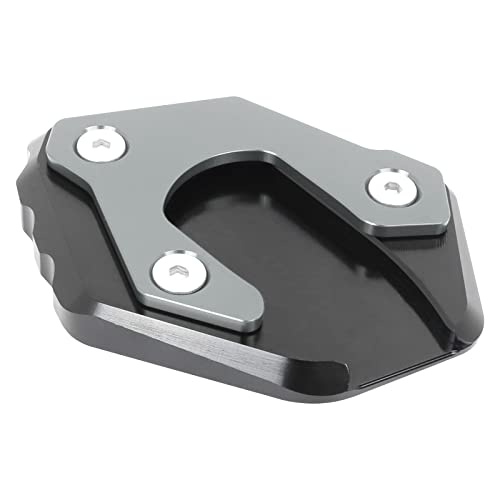Has anyone taken in their FJR for the fix and it also has an electronic cruise control installed? I installed the MCCruise on my FJR and don't want to remove it just to get this recall installed.
How do the service techs deal with this type of aftermarket installation? Should I copy the installation manual for the MCCruise and give it to the service tech? Since Yamaha only pays a limited amount of shop labor as part of this recall, asking the service tech to work around my MCCruise will probably cause the service tech to not get reimbursed for all of his labor - not the best way to get great service.
I have the Audiovox cruise control installed under the tank, in front of the coolant crossover pipe and completely blocking the wires for the ignition switch. Imagine my concern when I had the ignition switch recall done last year. The Service Manager said he asked for additional time from Yamaha Corporate because of the extra work involved to remove the coolant crossover pipe and move my cruise servo out of the way, and Yamaha agreed. The downside?? Yamaha made him put a note in my file to the effect that "
This owner has an unapproved electronic cruise control device installed. Yamaha disavows any liability from its use and recommends its immediate removal."
Regarding the current recall, my bike was in the shop for a blown fork seal, which Yamaha covered under YES as a one-time favor, according to the Service manager, so they did the wiring harness inspection at the same time. Finding no damage at S4, they installed the stub harness and buttoned it up. They completed the replacement of both fork seals, as well as the stub harness, in about half a day.
I have roadrunner's harness installed, and they either didn't notice or didn't care. I assume they didn't notice since you can't see it by raising the tank.





















































